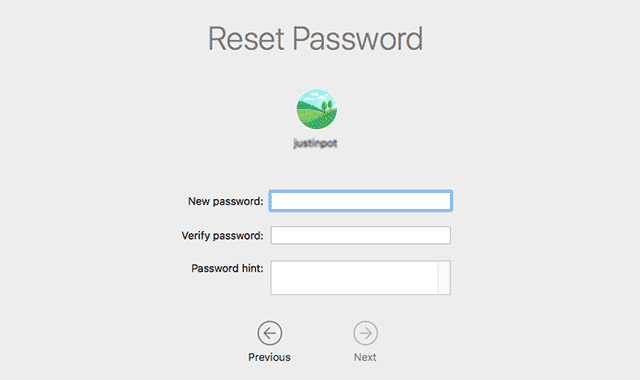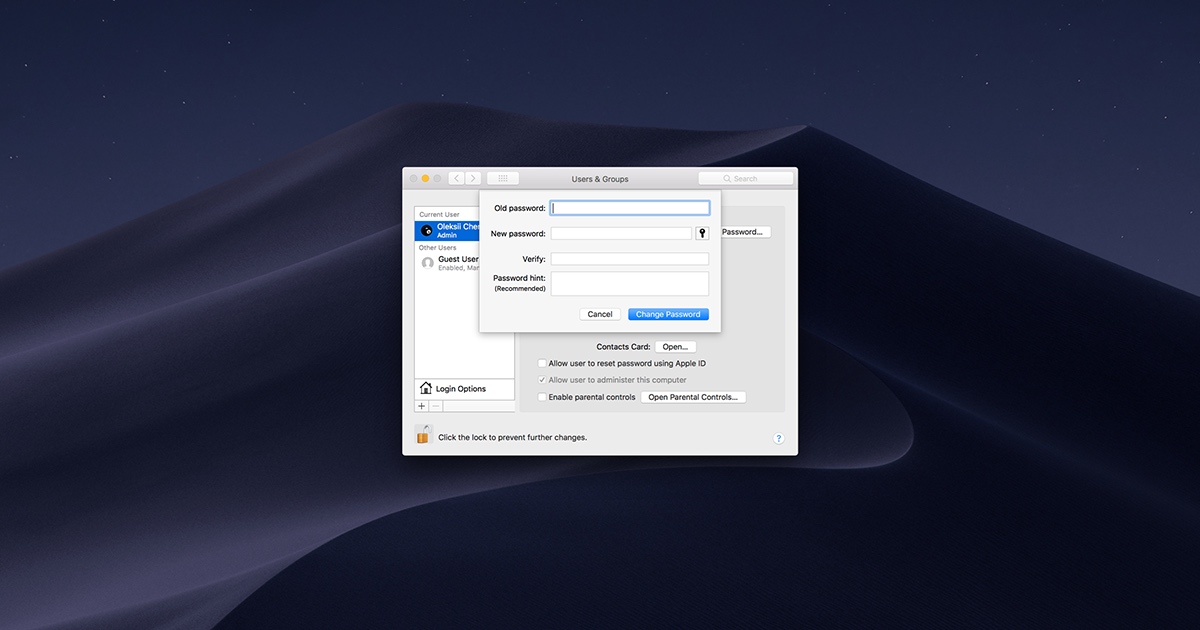

While you can delete each password one at a time by clicking on the “x” to its right, it’s easiest to clear all by typing CTRL+A to select all of them, and then pressing Delete.Ĭlick Done, and then close the Chrome options tab. To clear any previously saved passwords click on the Managed saved passwords link. Make sure that “Offer to save your web passwords” is not checked.

At the bottom of the settings page click on Show advanced settings… Open Chrome settings by clicking on its hamburger icon and then on Settings. Disabling remembered passwords in Google Chrome Click it, then click Close and OK to close the options dialog.įirefox’s memory of your passwords has been cleared, and it should no longer try to remember more. If you have saved passwords the Remove All button will be enabled. To clear any previously remembered passwords click on Saved Passwords… Make sure that “Remember passwords for sites” is not checked. Open the Options dialog in Firefox either by clicking on the hamburger icon or the Tools menu and clicking on Options. Disabling remembered passwords in FireFox IE’s memory of your passwords has been cleared, and it should no longer try to remember more. That’ll return you to the prior settings dialog box where you can click on OK. Make sure that “Passwords” is checked and then click on Delete. To clear any previously remembered passwords click on Delete AutoComplete history… Make sure that “User names and passwords on forms” is not checked. In Internet Explorer, password saving is bundled in with the more general “AutoComplete” feature.Ĭlick on the gear icon, or the Tools menu, and select Internet Options, and then click on the Content tab in the resulting dialog box:Ĭlick on the Settings button in the AutoComplete section: Let me show you how in Internet Explorer, Firefox and Google Chrome.ĭisabling remembered passwords in Internet Explorer If you keep the same password as you know you have, without doing it this it won’t work.That was a comment posted on my article How safe is it to let my browser save my passwords? where I essentially discouraged the use of browser built-in password saving features, in favor of utilities like Lastpass.įair enough. The key things to understand is that you have to change the init script, and you have to change the password to something different, otherwise it will not be updated. edit /etc/init.d/mysql remove –skip-grant-tables from the $bindir/mysqld_safe –datatdir line
#CHANGE MAC PASSWORD DONT REMEMBER OLD ONE UPDATE#
UPDATE er SET Password=PASSWORD(‘mypassword’) WHERE User=’root’ ĩ. edit /etc/init.d/mysql add –skip-grant-tables to the $bindir/mysqld_safe –datatdir lineĥ. This is what worked for me, when nothing else did:Ģ. Argh! (in fact make that double Argh! with a side order of Argh! to go 🙂ĮRROR 1045 (28000): Access denied for user (using password: YES) Then I have to change the password on the new one, only it doesn’t work, no matter what I do, no mater what the interwebs tell me. However, we then have somebody saying, we want this server to look like that server. I’ve probably spent 8 hours over two days trying to get this to work on Solaris, (with 5.1 Enterprise-advanced) Which due to the peculiar nature of how they were built, don’t have an /etc/my.cnf Login to mysql root account with the new password. This time mysql will ask for password when someone tries to login. Start the mysql server without the skip-grant-tables option. New Line: $bindir/mysqld_safe -datadir=$datadir -pid-file=$server_pid_file $other_args >/dev/null 2>&1 & 8. Old Line: $bindir/mysqld_safe -skip-grant-tables -datadir=$datadir -pid-file=$server_pid_file $other_args >/dev/null 2>&1 & Open the mysql startup script and remove –skip-grant-tables as shown below. Update /etc/rc.d/init.d/mysql Startup Script and Remove –skip-grant-table Stop the mysql server using one of the following method. mysql> UPDATE user SET password=PASSWORD('newpassword') WHERE user='root' Set MySQL Root Password to a New Password Using UPDATE Commandįollow the strong password rules while setting new password for the mysql root account. Server version: 5.1.25-rc-community MySQL Community Server (GPL) You can turn off this feature to get a quicker startup with -A Reading table information for completion of table and column names Since you’ve skipped the grant table, this time when you try to login to mysql, it will not ask for password. Login Using MySQL Root User Without Entering Password Start the mysql server with skip-grant-tables option, which will allow anybody to login to mysql without entering a password.

Start MySQL Server With –skip-grant-tables New Line: $bindir/mysqld_safe -skip-grant-tables -datadir=$datadir -pid-file=$server_pid_file $other_args >/dev/null 2>&1 & 3. Old Line: $bindir/mysqld_safe -datadir=$datadir -pid-file=$server_pid_file $other_args >/dev/null 2>&1 &


 0 kommentar(er)
0 kommentar(er)
